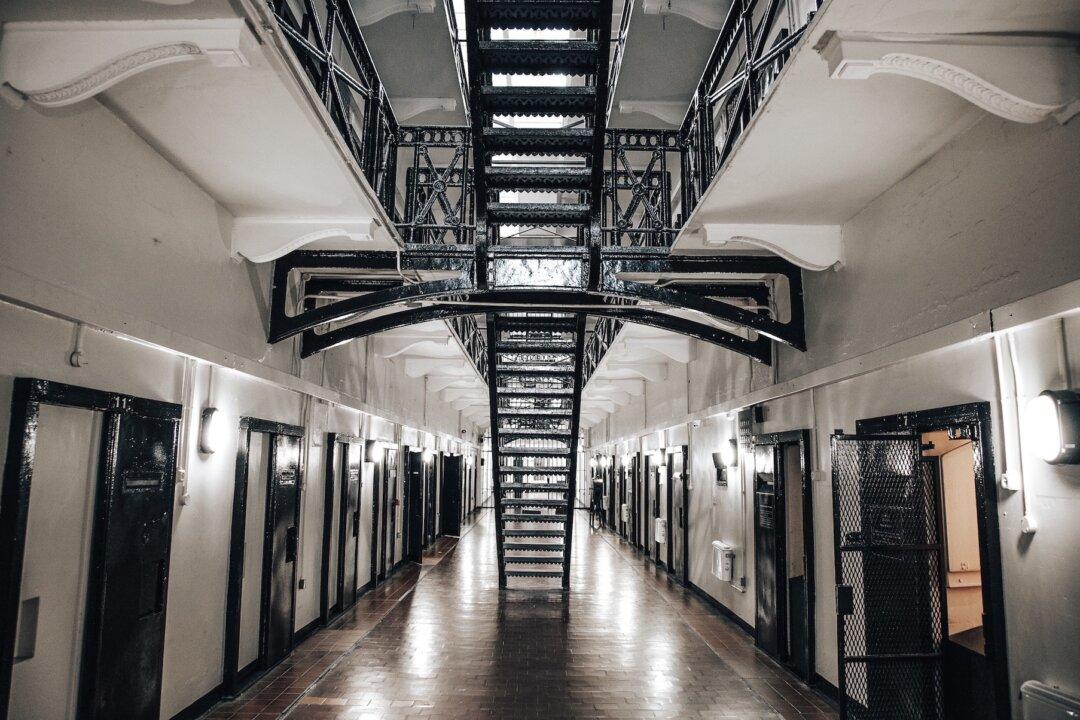San Francisco, which according to a recent study (pdf) on criminality in 30 big American cities is second only to Baltimore as the most crime-ridden, has moved to scrub clean terminology related to crime.
The city’s Board of Supervisors voted last month on a resolution (pdf) that would introduce changes that would include scrubbing the crime lexicon clean of a spectrum of words deemed “pejorative.”





